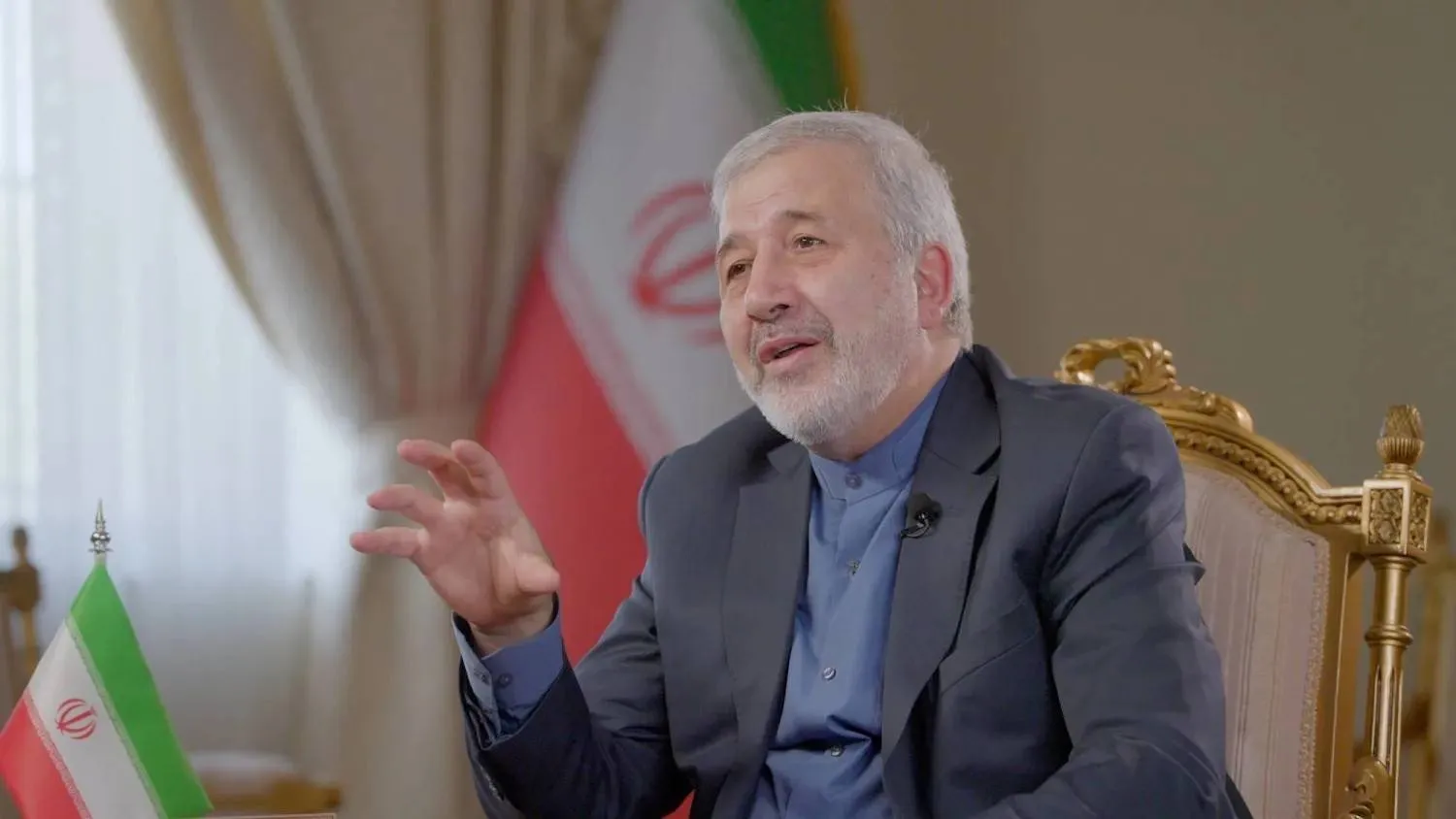The term cybersickness derives from motion sickness, but instead of physical movement, it's the perception of movement in a virtual environment that triggers physical symptoms such as nausea and disorientation.
While there are several theories about why it occurs, the lack of a systematic, quantified way of studying cybersickness has hampered progress that could help make VR accessible to a broader population.
This is the problem researchers Eric Krokos, and Amitabh Varshney from the University of Maryland tried to address in a study published in the journal Virtual Reality, on July 8.
They recorded VR users' brain activity using electroencephalography (EEG) to better understand and work toward solutions to prevent cybersickness.
Krokos and Varshney are among the first to use EEG -- which records brain activity through sensors on the scalp -- to measure and quantify cybersickness for VR users.
They were able to establish a correlation between the recorded brain activity and self-reported symptoms of their participants. The work provides a new benchmark -- helping cognitive psychologists, game developers and physicians as they seek to learn more about cybersickness and how to alleviate it.
"Establishing a strong correlation between cybersickness and EEG-measured brain activity is the first step toward interactively characterizing and mitigating cybersickness, and improving the VR experience for all," Varshney said in a report posted on the university's website.
Prior research on cybersickness has relied on users to accurately recall their symptoms through questionnaires filled out after users have removed their headsets and left the immersive environment.
Krokos and Varshney said that such methods provide only qualitative data, making it difficult to assess in real time which movements or attributes of the virtual environment are affecting users. Another complication is that not all people suffer from the same physical symptoms when experiencing cybersickness, and cybersickness may not be the only cause of these symptoms.
Without the existence of a reliable tool to measure and interactively quantify cybersickness, understanding and mitigating it remains a challenge, said Varshney, co-director of the Maryland Blended Reality Center.







